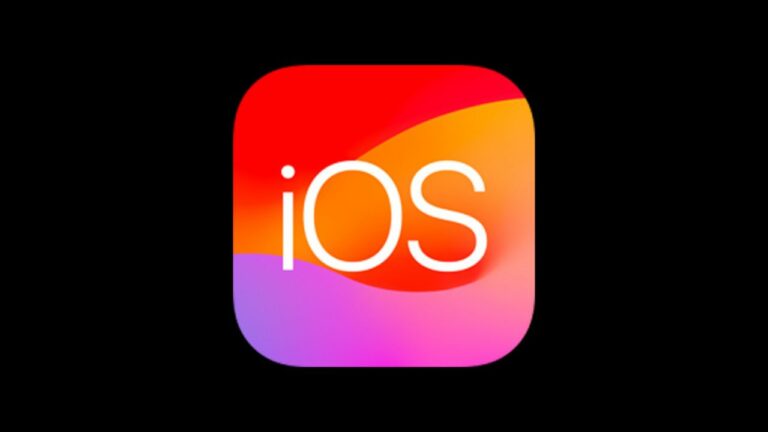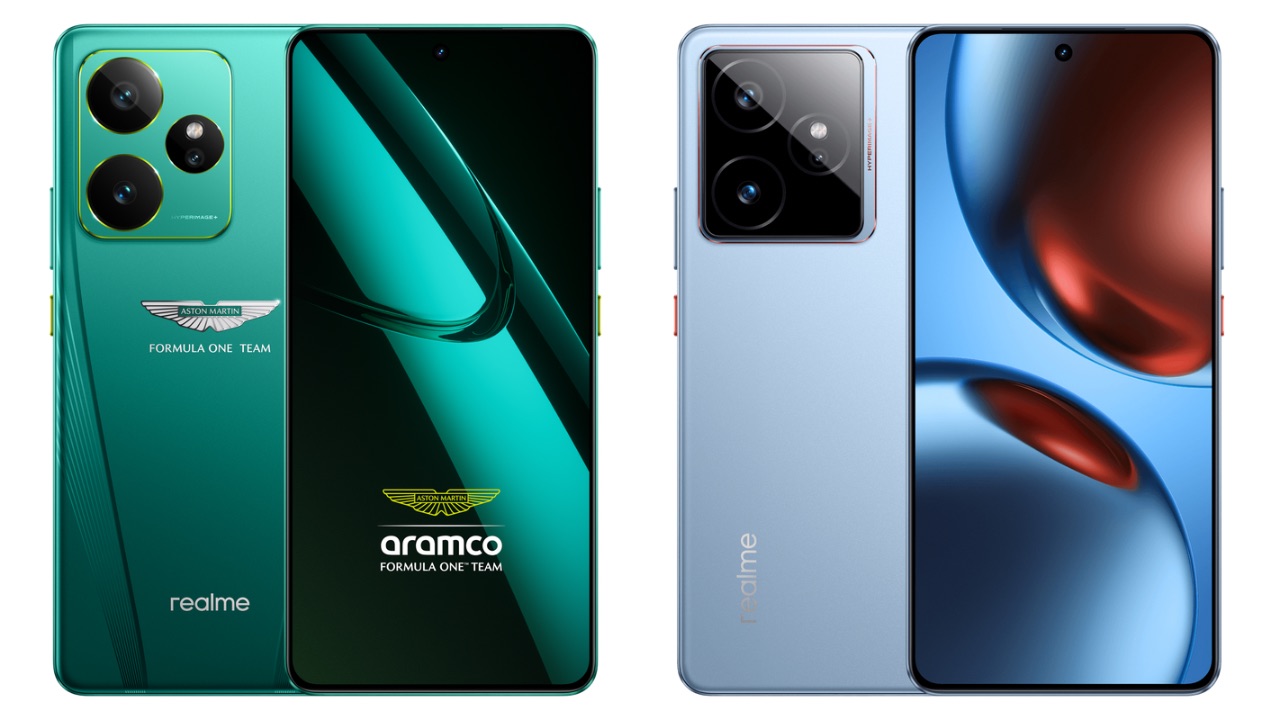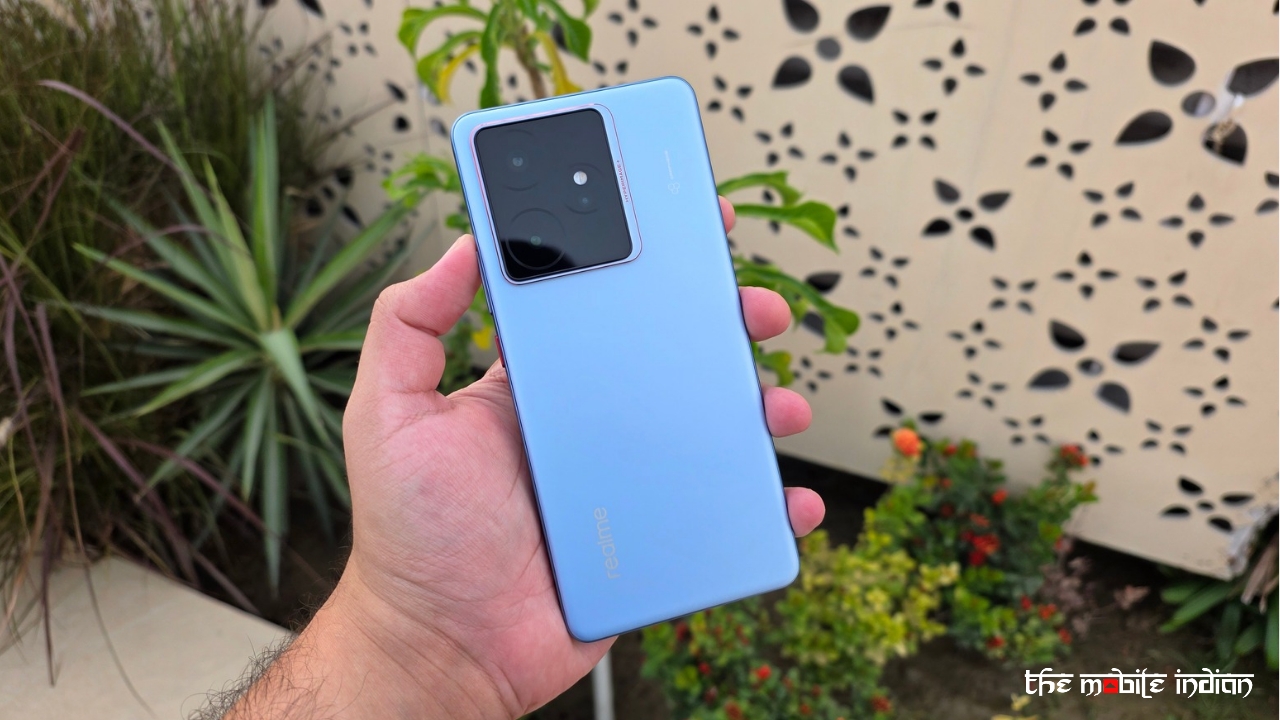Apple could change its software naming system as soon as next month, where the software versions will be named after upcoming year. In other words, what was expected to be called iOS 19, could be launched as iOS 26 next month. Apple could follow similar naming strategy for all its devices’ softwares.
As per Bloomberg, “the current iOS 18 will give way to “iOS 26,” said the people, who asked not to be identified because the plan is still private.” Updates for other Apple devices will be known as iPadOS 26, macOS 26, watchOS 26, tvOS 26 and visionOS 26.
“Apple is making the change to bring consistency to its branding and move away from an approach that can be confusing to customers and developers. Today’s operating systems — including iOS 18, watchOS 12, macOS 15 and visionOS 2 — use different numbers because their initial versions didn’t debut at the same time,” the report added.
The company is set to unveil the shift at its Worldwide Developers Conference on June 9. The rebranding will roll out alongside revamped user interfaces across its operating systems, aiming to create a more seamless experience as users switch between devices. Internally codenamed “Solarium,” the new design will extend to tvOS, watchOS, and parts of visionOS.
The major change is that Apple will start using the upcoming year in its OS names instead of the current one. So, while the next operating systems are set to launch around September 2025, they’ll be branded as the 2026 versions—similar to how carmakers label their models. If Apple sticks with this approach, the next round of updates would carry the “27” label.
Apple is following in Microsoft’s and Samsung’s footsteps in changing its software names. The report highlighted how in 2020 Samsung renamed its flagship Galaxy S phone line after its launch year, moving to the Galaxy S20. That device’s predecessor, which debuted in 2019, was the Galaxy S10.
To set your expectations for the upcoming updates from Apple, the company is aiming to make the iPad feel more like a Mac, potentially boosting its appeal for office and productivity tasks. It’s also opening up its AI models to third-party developers, allowing them to build on the same technology that powers the Apple Intelligence platform.
This year’s updates will bring a range of new features, including live translation for AirPods and Siri, as well as eye-tracking controls for the Vision Pro headset. In the AI space, Apple is working on health-related tools and a smart battery management mode.
Additional highlights include a new bilingual Arabic-English keyboard, a digital calligraphy pen for Apple Pencil users, and a dedicated gaming App for Apple devices.
















